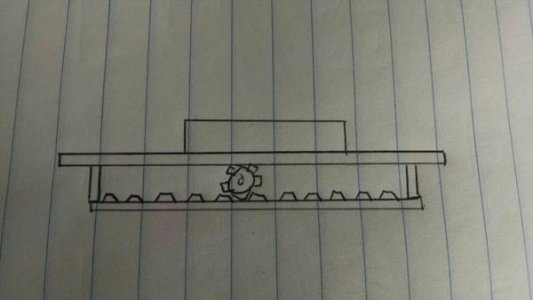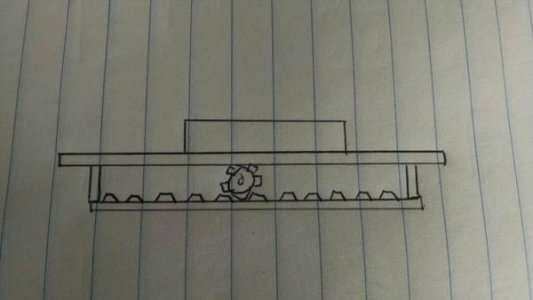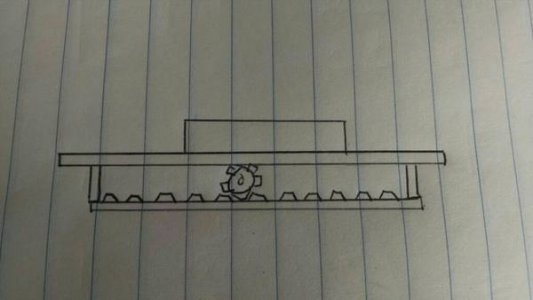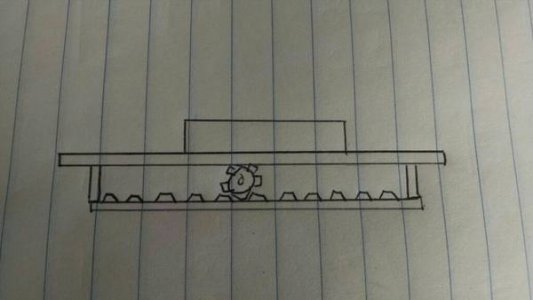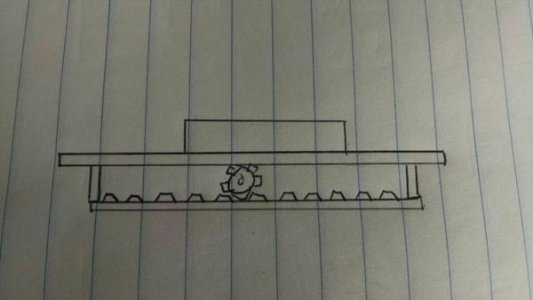- Joined
- Jan 22, 2011
- Messages
- 8,031
At the expense of added complexity, and hence cost.....
What about changing the orientation of the rack to a vertical primary axis? If there were a few tenths of side shift, the overall effect of machine accuracy would be less, since it is primary the vertical movement of the table, or "lift" as we are calling it would practically disappear. Then a spring loaded way of some sort, be it a vee way or some sort of linear bearing would nearly eliminate lift.
Just tossing it out there because it doesn't belong in the box.
What about changing the orientation of the rack to a vertical primary axis? If there were a few tenths of side shift, the overall effect of machine accuracy would be less, since it is primary the vertical movement of the table, or "lift" as we are calling it would practically disappear. Then a spring loaded way of some sort, be it a vee way or some sort of linear bearing would nearly eliminate lift.
Just tossing it out there because it doesn't belong in the box.


